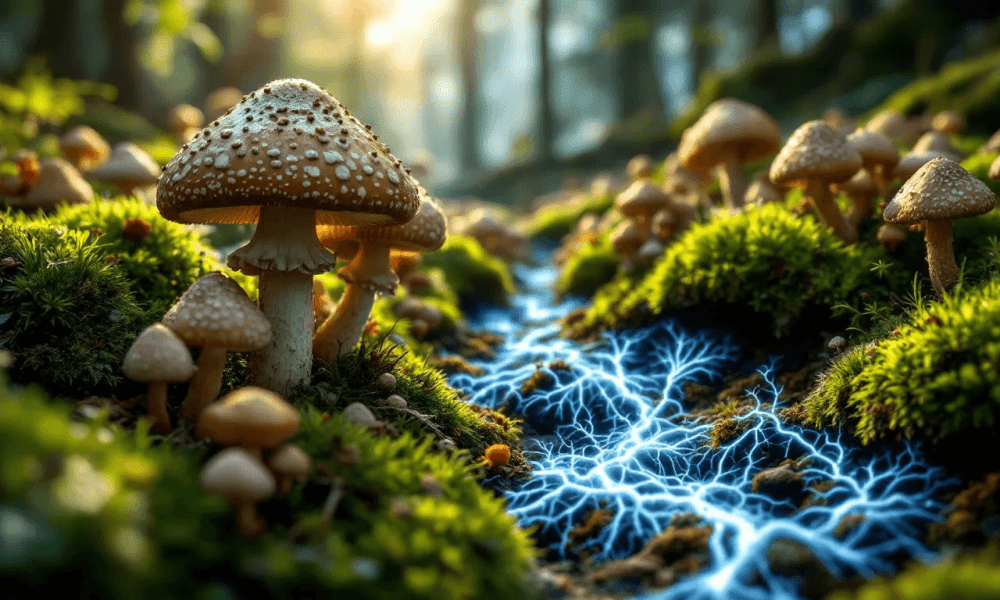Like many men and women of Beartaria, I took the stead pill early, while I was still living in Babylon. I was inspired to start building a homestead and growing my own food, but for the time being, I was stuck in a small apartment in the middle of the city. I was still determined to apply our community’s values and start growing my own food in my little homestead. There are many options available to apartment dwellers, such as container gardening, but the way I chose to start was growing salad greens in a hydroponic system.
Hydroponics is the method of growing plants in a container of water in a nutrient solution, instead of in the soil. The plant’s roots grow down into the water, and the plant grows upwards.
The benefit of growing plants hydroponically is that food can be grown indoors efficiently, reliably, and quickly, in a controlled environment. You can start several kale plants from seed, germinate them, plant them in a nutrient solution under a grow light in a temperature- and humidity-controlled room, and start harvesting kale leaves within several weeks. The plants don’t need to compete for water or nutrients, so you can grow them very densely in a small space with low risk of disease or pests.
A basic hydroponic system consists of a container filled with a nutrient solution and a medium to hold the plant at the top of the container. It can be as simple as an old mason jar in a window with a drilled Solo cup holding a lettuce plant in the rim, or as complex as a series of plastic totes growing a variety of plants in net cups set into the totes’ lids, piped together with float valves to maintain a consistent water level, under timed grow lights, air pumps, fans, and humidifiers. Part of the fun is taking the basic building blocks and building the system that works for you.

The simplest type of system to start with is a Kratky system, which does not need an air pump to oxygenate the water. You just fill up a bucket with water and nutrient solution, put a sprout in a cup in the lid, and watch it grow. The plant drinks the water down as it grows, and develops two sets of roots: long thick roots to drink water from the bottom of the container, and thin fuzzy roots near the top, to breathe the air at the top of the container.

Hydroponics are ideal for nutritious leafy greens and lettuces. You can grow fruiting vegetables like tomatoes, cucumbers, and peppers hydroponically, but they require more specialized lighting, pH control, and nutrient combinations. The plants that I’ve reliably had the best luck with have been kale, swiss chard, arugula, lettuce, bok choy, and herbs.
So, what does a Beartarian trapped in an apartment in the city, need in order to get started?
– Seeds
– A Container such as a 5-gallon bucket, 20-gallon tote, mason jar, or an old milk jug
– Water (at a neutral pH)
– Nutrients from either a liquid hydroponic solution from a garden store, or a dry mix of Masterblend Tomato, Calcium Nitrate, and Magnesium Sulfate/Epsom Salts (2 tsp of each for 5 gallons of water)
– A Cup in the container’s lid, such as a 2″ plastic net cup, or Solo cup, filled with a Grow Media like clay pebbles, rockwool, perlite, or soil cubes, to hold the plant in the cup as it grows
– A reliable Light Source, whether it’s a sunny window or an LED grow light
Once you build a simple 5-gallon bucket system and grow your first kale plant, you can build and experiment and invent whatever system works best for you. Hydroponics isn’t a perfect indoor gardening solution, and it is very limited compared to gardening in the living soil on your own land, but it offers a way for apartment-bound Beartarians to easily produce nutritious salad greens for their families, independently of Babylon.
By: Lawnmower Bear @lawnmowerbear on Instagram




